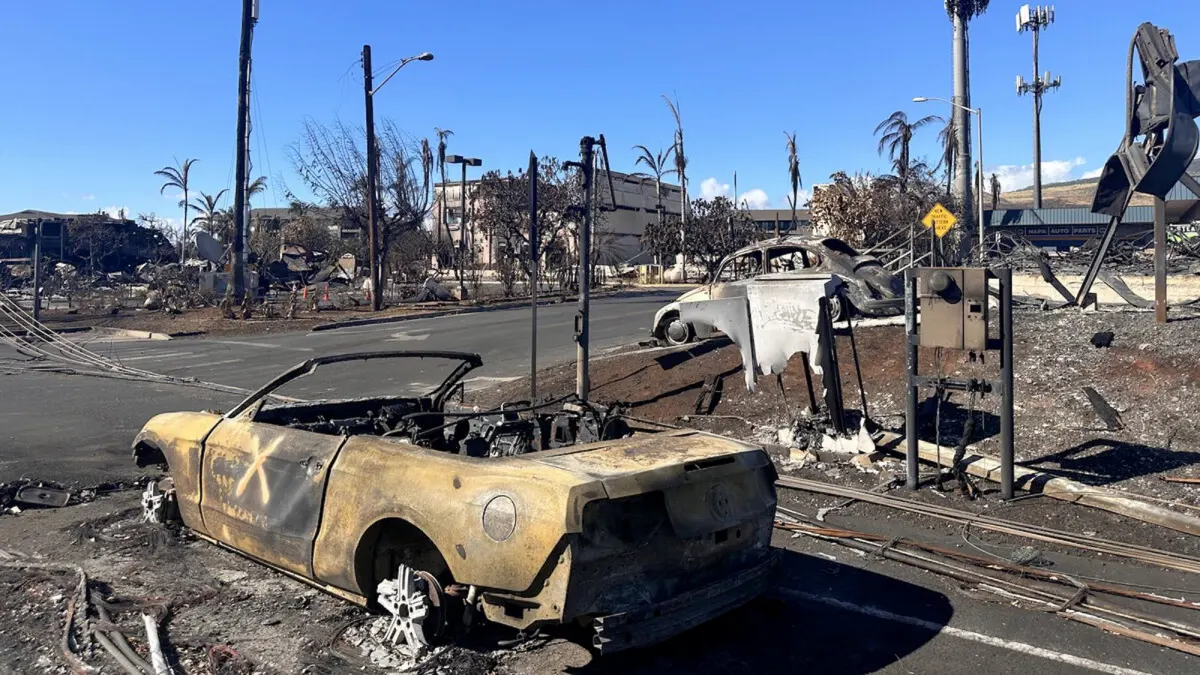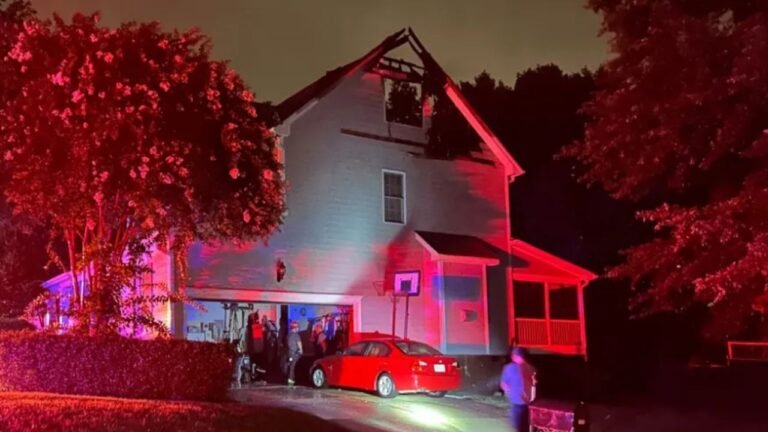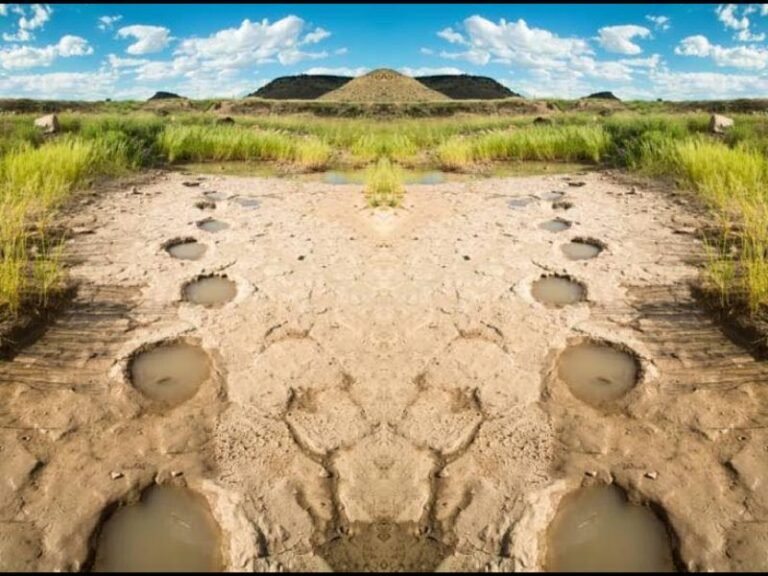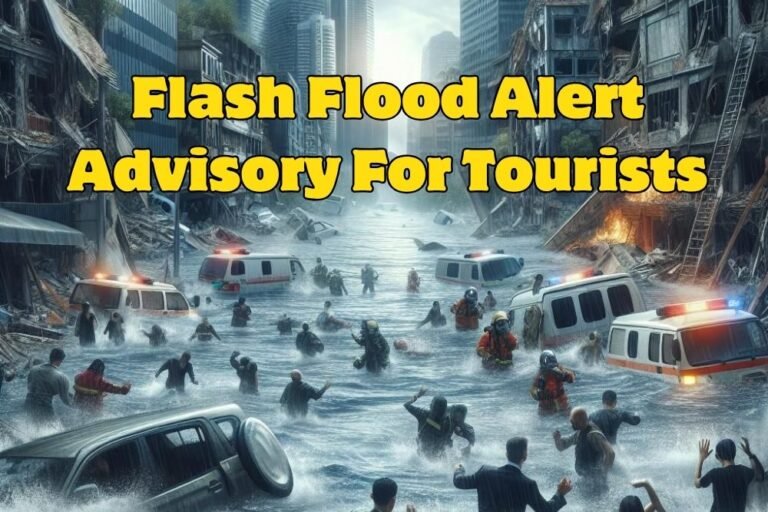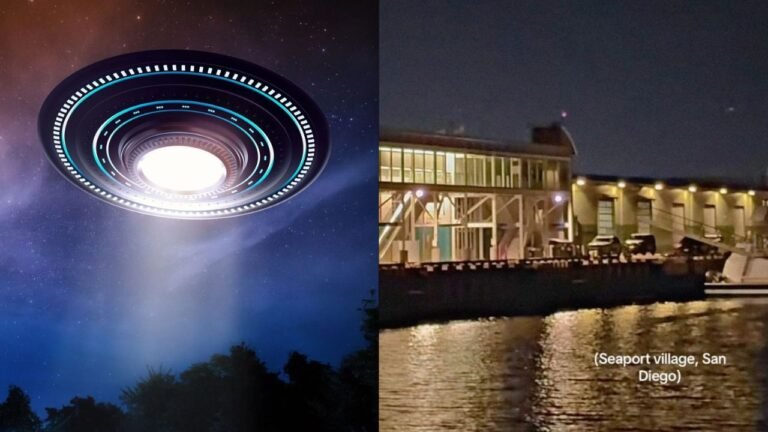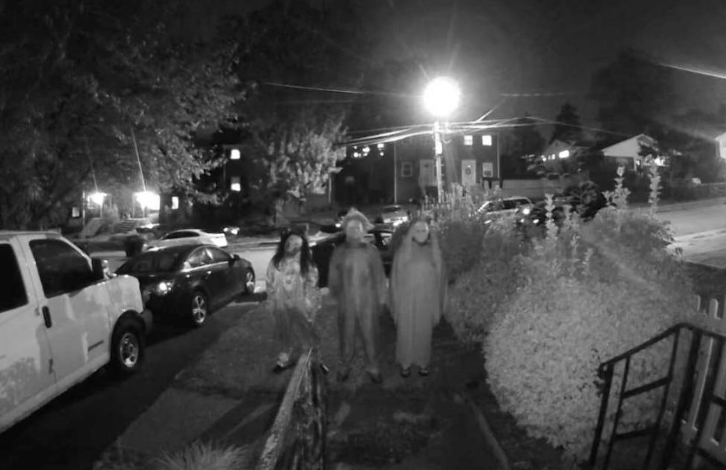U.S. Has Faced Over 400 Billion-Dollar Weather Disasters Since 1980, Prompting Calls for Urgent Climate Action
UNITED STATES — As the U.S. confronts another season of extreme weather, a widely circulated post quoting former Labor Secretary Robert Reich is reviving a powerful message: the cost of inaction on climate change is far greater than the price of solutions.
According to the post, which was recently reshared by Natasha Young on social media, the United States has experienced over 400 weather disasters since 1980 that each caused more than $1 billion in damages. Together, these events have cost the nation $2.9 trillion and claimed the lives of nearly 17,000 people.
The Real Price of Weather Disasters
The data cited is consistent with findings from the National Oceanic and Atmospheric Administration (NOAA), which tracks billion-dollar disasters. From hurricanes and wildfires to floods and droughts, the frequency and intensity of these events have increased over the past four decades—posing growing risks to infrastructure, agriculture, insurance markets, and human lives.
Hurricane Katrina (2005), Hurricane Harvey (2017), and the 2021 Texas winter storm are just a few examples of disasters with long-term economic and human costs. In many regions, recovery efforts have stretched over years, draining local and federal budgets and devastating communities.
“Don’t tell me we ‘can’t afford’ to address the climate crisis,” Reich wrote. “The truth is we can’t afford not to.”
Political Will vs. Public Warning
Despite the escalating toll, significant political resistance remains in addressing climate change head-on—particularly when it comes to funding renewable energy infrastructure, upgrading aging electrical grids, and reforming land-use policies that leave vulnerable areas exposed.
Critics of climate inaction argue that government leaders often underestimate the long-term economic benefits of proactive climate policy, focusing instead on short-term cost concerns.
Environmental advocates are using data like this to demand:
- Greater federal investment in green technologies
- Stronger enforcement of emissions targets
- Local adaptation strategies, especially in coastal and fire-prone states
- Insurance reform to account for rising risk exposure
Lives Lost, Communities Rebuilt, But Still No National Climate Consensus
The nearly 17,000 lives lost since 1980 are not just numbers—they represent families, neighborhoods, and entire towns forced to start over. In areas like the Gulf Coast, Midwest tornado alley, and wildfire-ravaged California, rebuilding has become a generational task.
And yet, for many Americans, climate change remains a political issue rather than a practical, life-or-death one.
“The science is clear. The economics are clear. Now it’s about courage,” one environmental policy expert recently said. “Will leaders act before it’s too late?”
Do you believe the U.S. is doing enough to prepare for and prevent billion-dollar climate disasters? Share your perspective in the comments at SaludaStandard-Sentinel.com.

